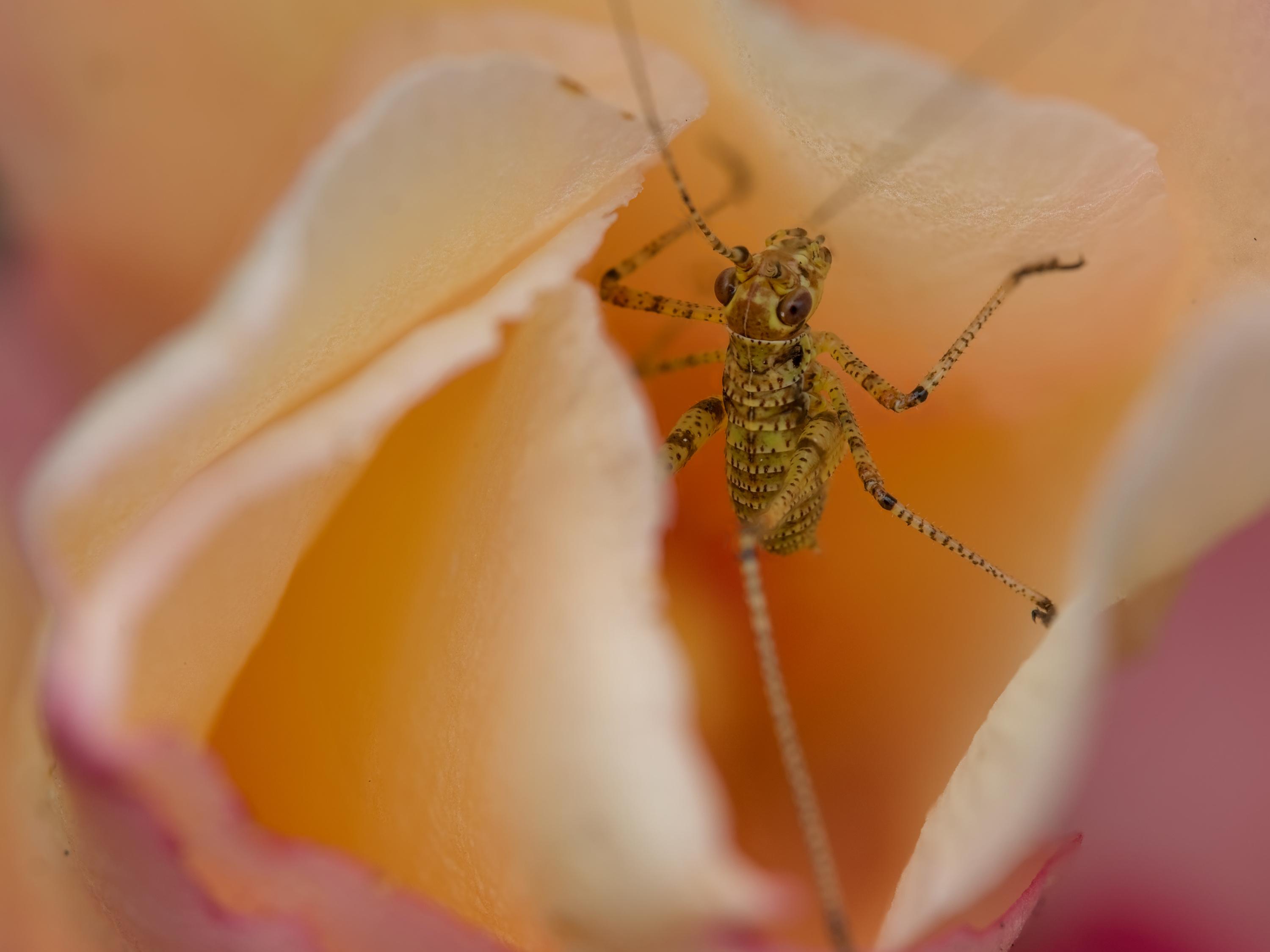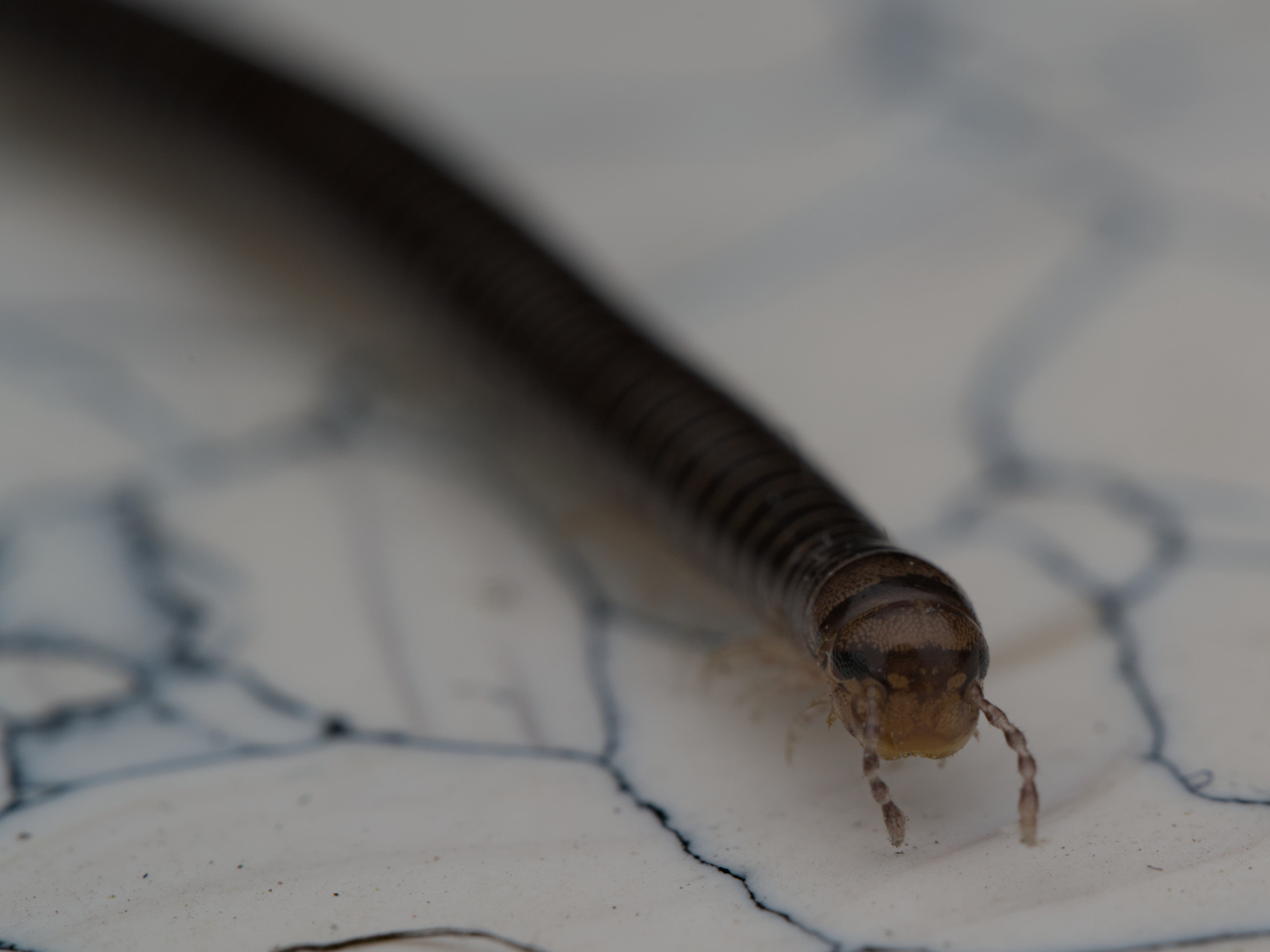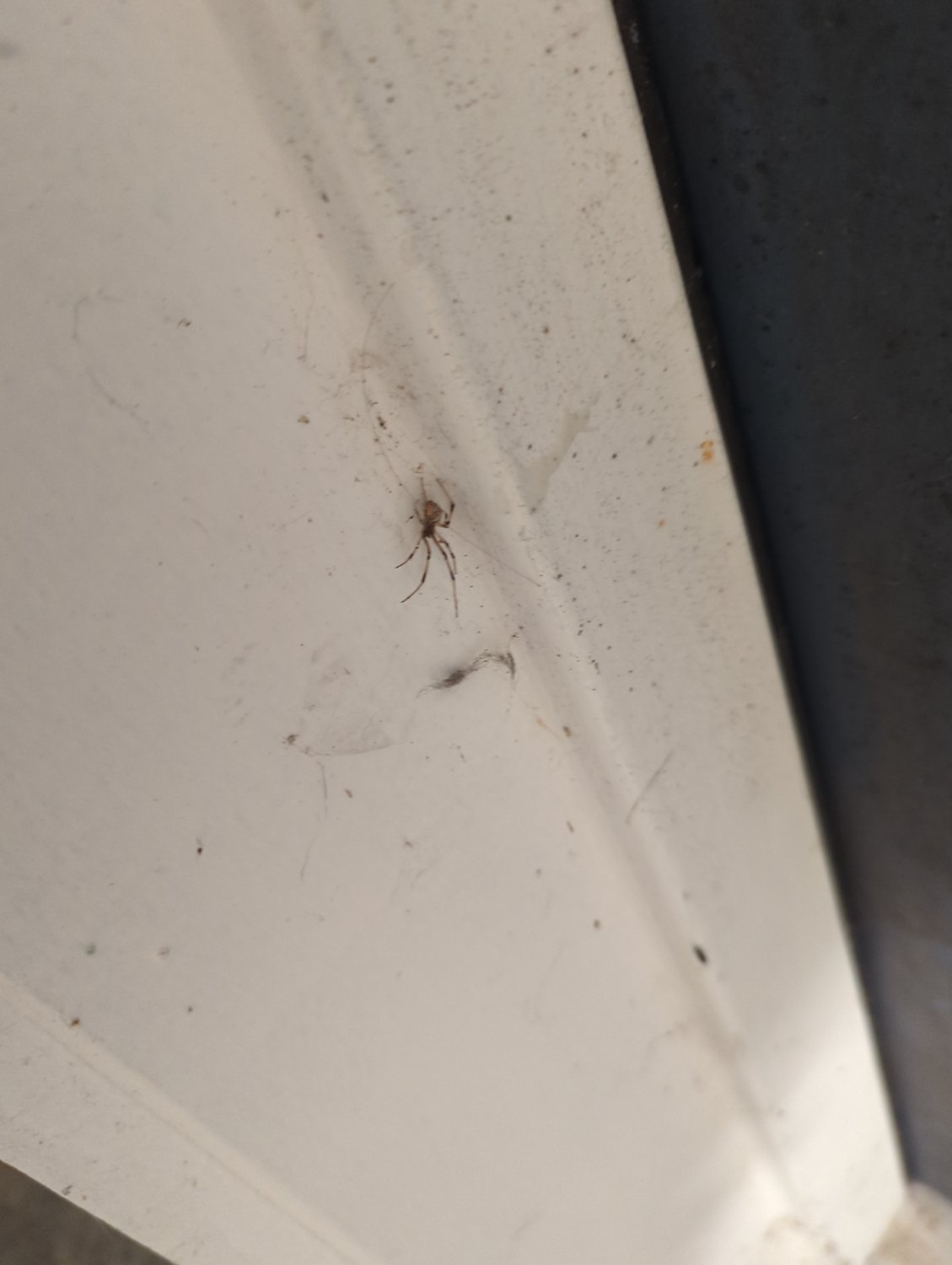Entomology
585 readers
2 users here now
A general community to post things about insects
For more specific communities:
Isopods and Myriapods: !isopodmyriapod@mander.xyz
A community for our eight-legged friends: !arachnology@mander.xyz
founded 2 years ago
MODERATORS
1
2
3
4
5
6
7
8
9
10
11
12
13
14
15
16
17
18
19
20
21
22
23
75
Ants perform life saving operations — the only animal other than humans known to do so
(www.livescience.com)
24
25
view more: next ›













